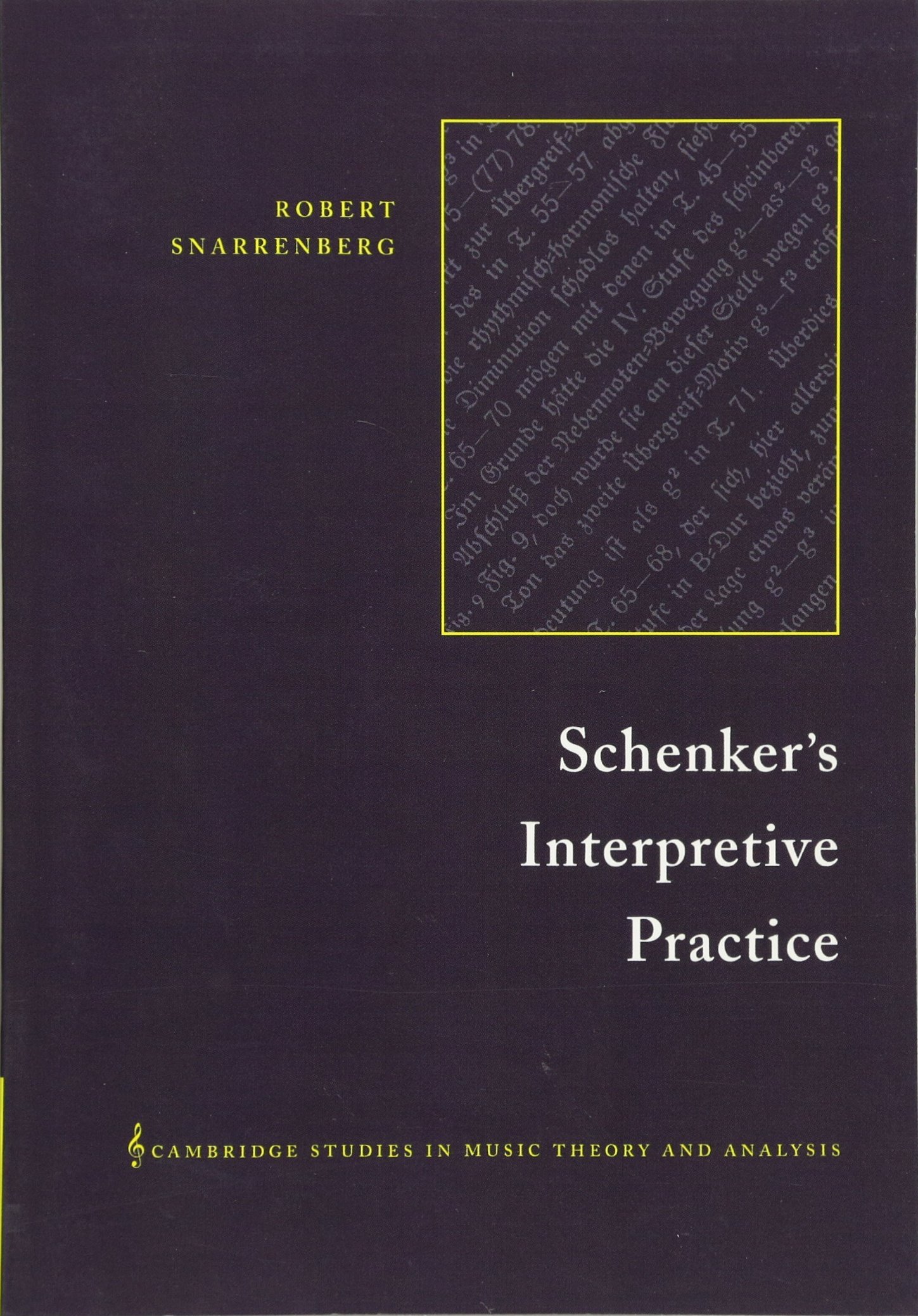Publications
“Brahms’s Non-Strophic Settings of Stanzaic Poetry: Three Case Studies.” Proceedings of the 9th European Music Analysis Conference, ed. Pierre Couprie, Alexandre Freund-Lehmann, Xavier Hascher, and Nathalie Hérold (Strasbourg, 2018). Forthcoming.
2021. “WesterParse: A Transition-based Dependency Parser for Tonal Species Counterpoint.” In Proceedings of the 13th International Conference on Computer Supported Education — Volume 1: CSME, 669–79. INSTICC, SciTePress.
2017 “Linear and Linguistic Syntax in Brahms’s O kühler Wald, Op. 72 No. 3.” Music Analysis 36 (3) (2017): 372–83.
2017 “Brahms’s Non-strophic Settings of Stanzaic Poetry.” Music & Letters 98 (2) (2017): 204–31.
2014 “On the Prosody of German Lyric Song.” Journal of Music Theory 58 (2): 103–54
2012 "Brahms’s Six Songs, Op. 3." Music Analysis (31) (1): 2–36
2004-5 Translations of 10 essays in Heinrich Schenker, Der Tonwille. Vol. 1. Ed. William Drabkin. Trans. Ian Bent, William Drabkin, Joseph Dubiel, Joseph Lubben, and Robert Snarrenberg. Oxford: Oxford University Press.
2001 "Schenker, Heinrich." The New Grove Dictionary of Music and Musicians, 2d ed.
1997 Schenker's Interpretive Practice. Cambridge Studies in Music Theory and Analysis, no. 11, ed. Ian Bent. Cambridge: Cambridge University Press.
1996 "The Art of Translating Schenker: A Commentary on The Masterwork in Music, vol. 1." Music Analysis 15 (2-3): 301-42.
1994 "Competing Myths: The American Abandonment of Schenker's Organicism." In Theory, Analysis and Meaning in Music, ed. Anthony Pople (Cambridge University Press), 30-56.
1992 "Schenker's Senses of Concealment." Theoria 6:97-133.
1992 "Zen and the Way of Soundscroll." Perspectives of New Music 30 (1): 222-37.
1987 "The Play of Différance: Brahms's Intermezzo, Op. 118, No. 2." In Theory Only 10 (3): 1-25.
1986 "Hearings of Webern's 'Bewegt.'" Perspectives of New Music 24 (2): 386-404.
Awards
Young Scholar Award, Society for Music Theory, 1998
Fellowship for University Teachers, National Endowment for the Humanities, 1995
Jacob K. Javits Fellowship, U.S. Department of Education, 1987-89
Courses
Music Theory I-IV
Analysis I-II
Introduction to Schenker
Seminars in Schenkerian analysis, contemporary music theory, variations, thoroughbass, German art song, and Brahms's chamber music.
Translations
2004 Heinrich Schenker, Der Tonwille. Vol. 1. Ed. William Drabkin. Trans. Ian Bent, William Drabkin, Joseph Dubiel, Joseph Lubben, and Robert Snarrenberg. Oxford: Oxford University Press.
“Die Urlinie: Eine Vorbemerkung” (1:22–26)
“Franz Schubert: ‘Ihr Bild’” (1:46–49)
“Gesetze der Tonkunst” (2:3)
“Geschichte der Tonkunst” (2:3–4)
“Noch ein Wort zur Urlinie” (2:4–6)
“Haydn: Sonate Es-Dur” (3:3–21)
“Die Kunst zu hören” (3:22–25)
2005 Heinrich Schenker, Der Tonwille. Vol. 2. Ed. William Drabkin. Trans. Ian Bent, William Drabkin, Joseph Dubiel, Joseph Lubben, and Robert Snarrenberg. Oxford: Oxford University Press.
“Der wahre Vortrag” (6:36–40)
“Beethoven: Sonate opus 57” (7:3–33)
“Wirkung und Effekt” (8–9:47–48)


